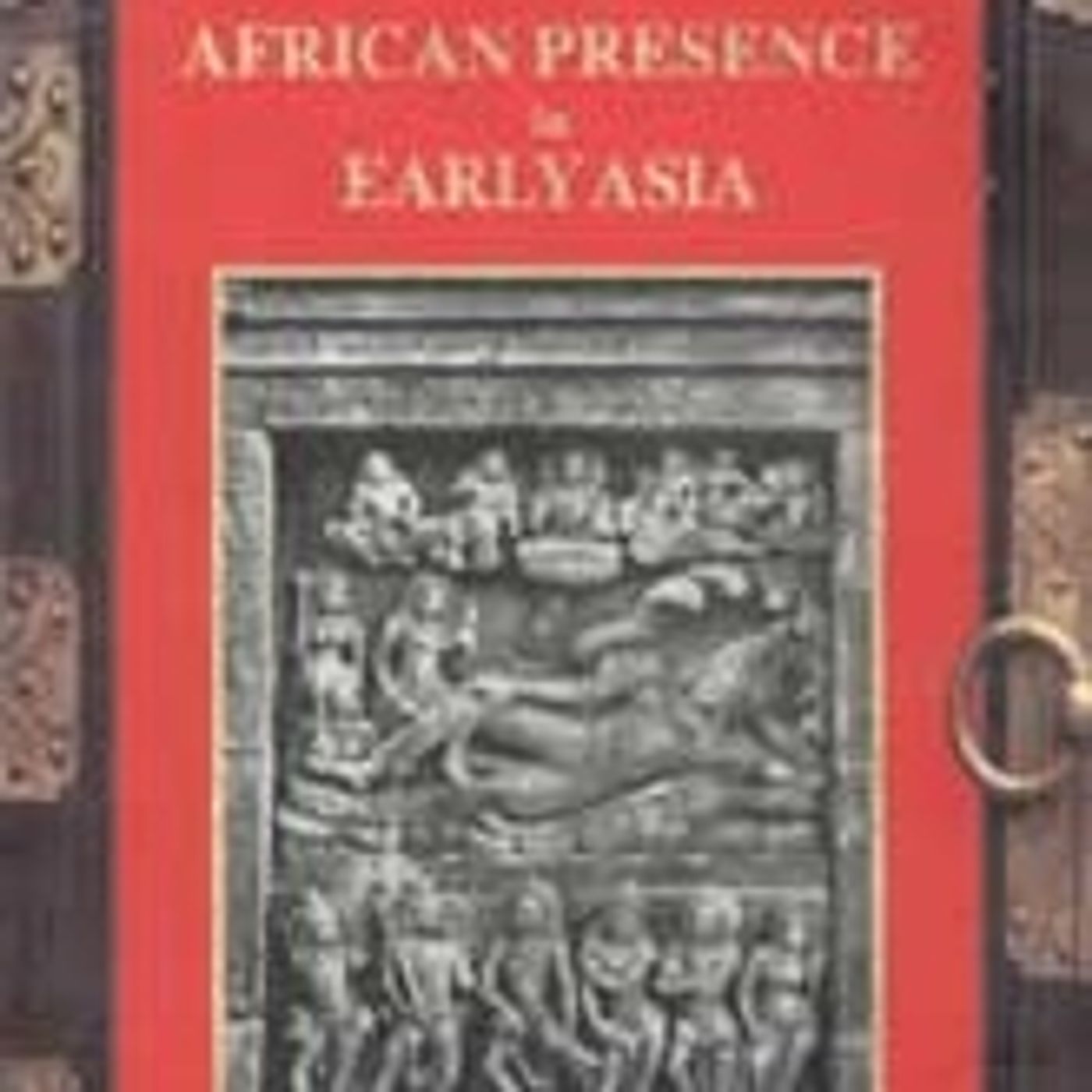True Historical Biblical People Part 4

Chapter four addresses what might be the center of confusion in the ethnicity of the people of the Bible. The Land of Canaan was, for most of its history, an extension of or protectorate of the ancient powerhouse and her next door neighbor, Egypt. Even though the Canaanites had some nominal independence, documented history shows that for most of her history up to the conquest by the Greeks about 330 B.C., the land along the Mediterranean eastern sea coast was a crossroad for the migration of people South, out of Africa to North, into southern Europe and East from Asia, to West all the way to the Mediterranean coast. The original Black population was the subject of conquest and inter-marrying which after a thousand years, produced a mixed race population base, known in ancient times as Semitic people. There is confusion today over the use of the term Semitic. Europeans state that they use this term in reference to the descendants of Noah\u2019s son Shem. With this definition, they account for the mixed ethnic populations of the Middle East. However, in the ancient world, this term had another definition. The term was used to refer to people of mixed ethnic heritage. In other words, they were semi-African, and semi-Asian, semi-African and semi-European, or semi-Asian and semi-European. In this book, the author shows that Shem, like his two brothers, Ham and Japheth, were also Black. And prior to intermixing with other people who migrated into this area, the descendants of Shem were also Black.